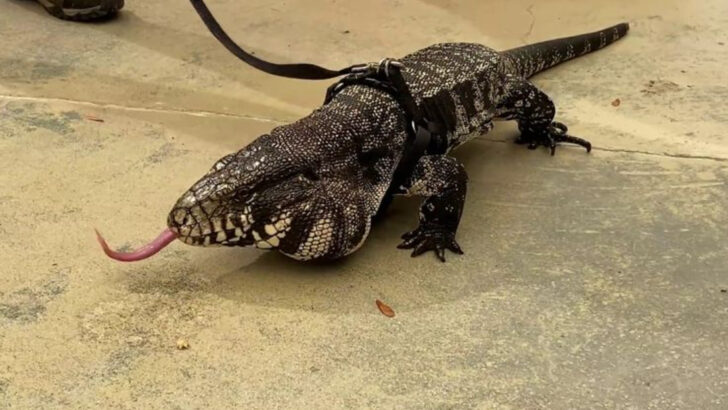Some reptiles thrive in small spaces—these ones don’t.
Cramming the wrong reptile into a tiny enclosure is a recipe for stress, aggression, and a very unhappy pet. Some of these creatures need massive tanks, special lighting, or humidity levels that turn your apartment into a rainforest. Others just grow… and grow… until that cute little hatchling suddenly needs half your living room.
Before you bring home a reptile, size matters—not just theirs, but yours too. If your space is limited, these 16 reptiles will make your life harder, not easier. From escape artists to giant space-hogs, these are the worst choices for small homes.
Green Iguana
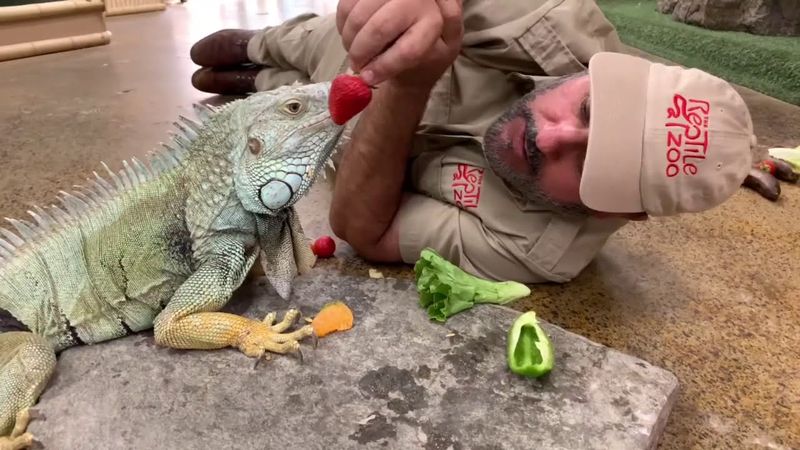
Green Iguanas can grow up to six feet in length, making them unsuitable for small spaces. Their impressive size requires a large habitat with plenty of vertical space for climbing. Additionally, they need a specific temperature gradient and humidity levels, which can be challenging to maintain in confined areas.
Behaviorally, iguanas can be territorial and require consistent handling to prevent aggression. Providing proper care in a small space can be stressful for both the iguana and the owner. Without adequate space and resources, these reptiles may not thrive, leading to health issues.
Therefore, it’s crucial to consider their needs before choosing them as pets.
Burmese Python
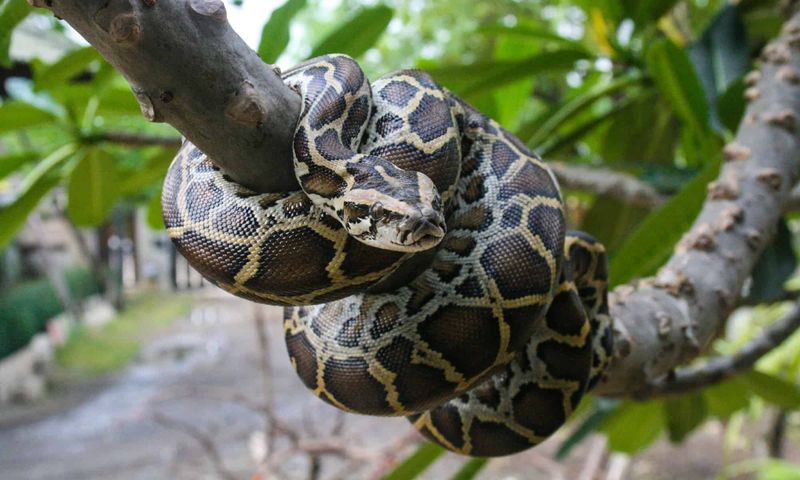
Burmese Pythons are among the largest snakes in the world, reaching lengths of up to 23 feet. Their size alone makes them unsuitable for small living spaces. These snakes require large enclosures to accommodate their length and provide enrichment opportunities.
Feeding them can also be a challenge, as they consume large prey, necessitating secure and spacious feeding areas. Handling a snake of this size requires experience and strength, as they can be powerful.
In confined spaces, their welfare may be compromised, leading to stress and potential behavioral problems, making them a less desirable choice for small homes.
Nile Monitor
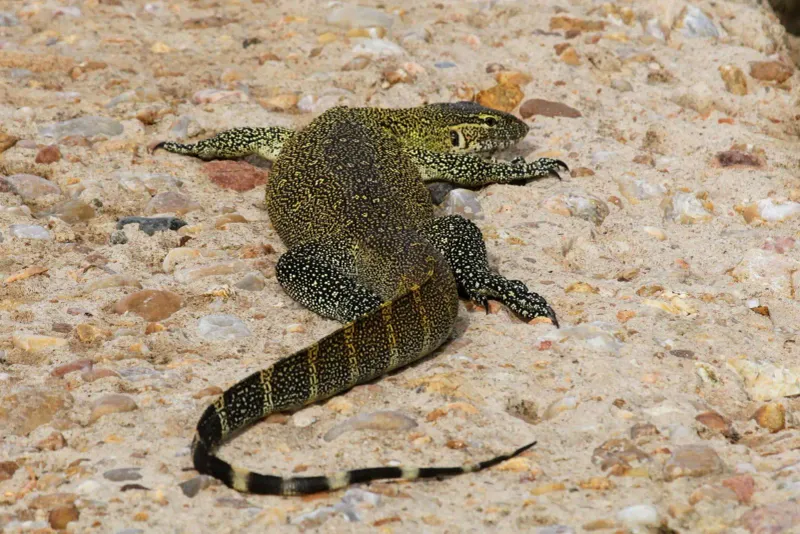
Nile Monitors are known for their active nature and can grow up to seven feet long. Their size and energetic behavior demand a substantial amount of space, making small apartments inadequate. These monitors require large, secure enclosures with environmental enrichment to prevent boredom and stress.
Additionally, they have specific dietary needs and can be aggressive if not handled properly. Caring for a Nile Monitor in a constrained area can be challenging, as they need ample room to move and explore.
For those with limited space, a Nile Monitor may not be the best pet choice, given their extensive needs.
Reticulated Python
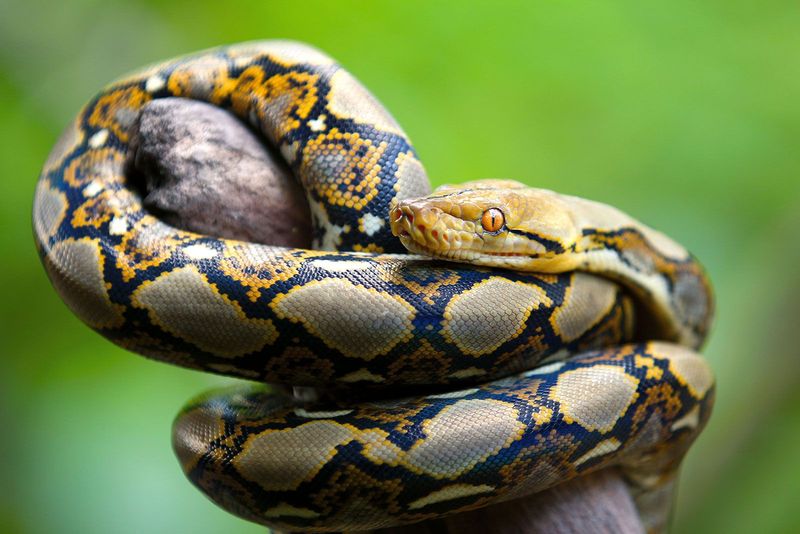
Reticulated Pythons are the longest snakes in the world, with some individuals exceeding 20 feet. Such immense size demands a large living space and specialized care. Keeping them in a small environment can hinder their ability to thrive, as they require spacious enclosures for exercise and stimulation.
Handling a reticulated python requires experience due to their strength and potential for aggression. Feeding them large prey adds another layer of complexity in a limited space.
For small homes, these majestic snakes may not be practical pets, as their needs and potential risks outweigh the feasibility of keeping them in confined quarters.
Savannah Monitor
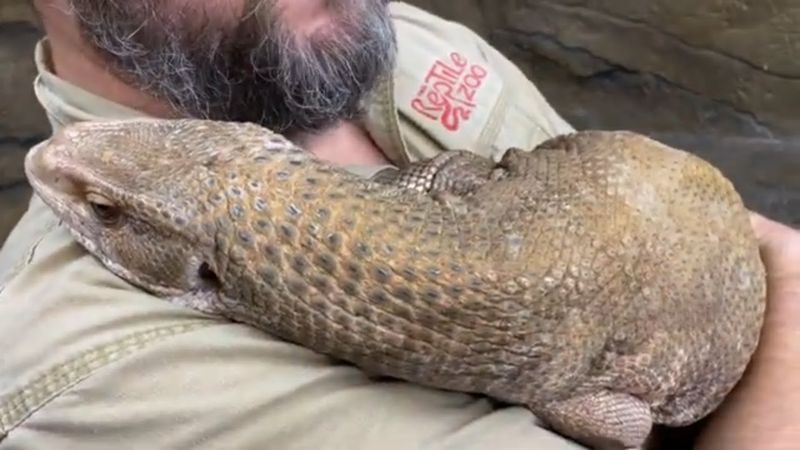
Savannah Monitors are robust lizards that can grow up to four feet long. Their substantial size and active nature necessitate a large enclosure with areas for climbing and burrowing. In small spaces, meeting these requirements can be difficult, leading to potential welfare issues.
These monitors require a varied diet and specific temperature and humidity controls, which are challenging in compact environments. Additionally, they can be aggressive if not handled regularly and appropriately.
For those living in tight spaces, a Savannah Monitor’s care demands may be overwhelming, making them less suitable as pets for small apartments.
Caiman

Caimans are small crocodilians that can grow over five feet in length. They require large, secure enclosures with both water and land areas for proper thermoregulation and exercise. In small spaces, providing such an environment is challenging.
Caimans are known for their aggressive nature and require experienced handlers to ensure safety. Their dietary needs include whole prey, adding complexity to their care.
In confined living conditions, maintaining their health and well-being can be difficult. Their natural behaviors and environmental needs make them unsuitable for small spaces, where their quality of life would be compromised.
Black-Throated Monitor
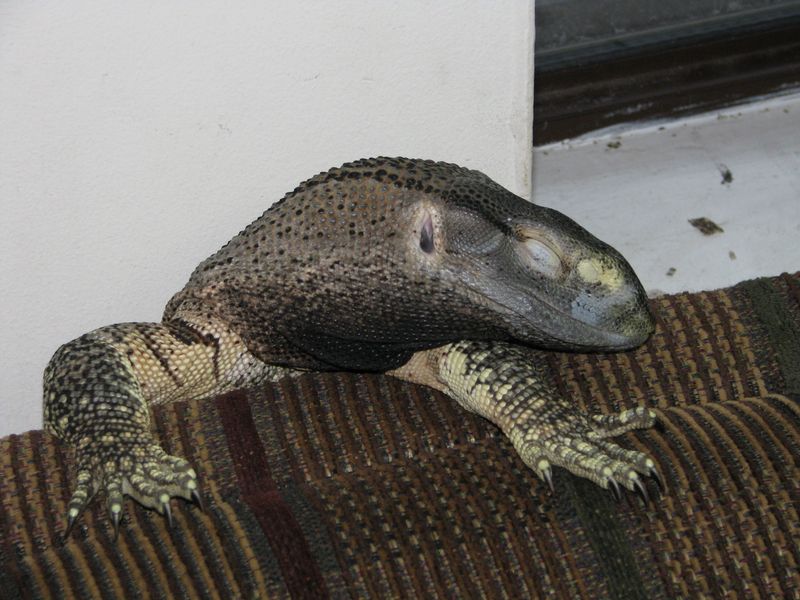
Black-Throated Monitors are among the largest monitor lizards, reaching lengths of up to seven feet. Their impressive size and strength require ample space for movement and a robust enclosure to prevent escape.
These monitors need environmental enrichment to stay mentally stimulated, which is hard to provide in small spaces. They also have specific dietary and temperature requirements that can be challenging to meet in confined areas.
For those living in small apartments, the care and space requirements of a Black-Throated Monitor can be overwhelming, making them a difficult choice for pet owners with limited living space.
Argentine Tegu
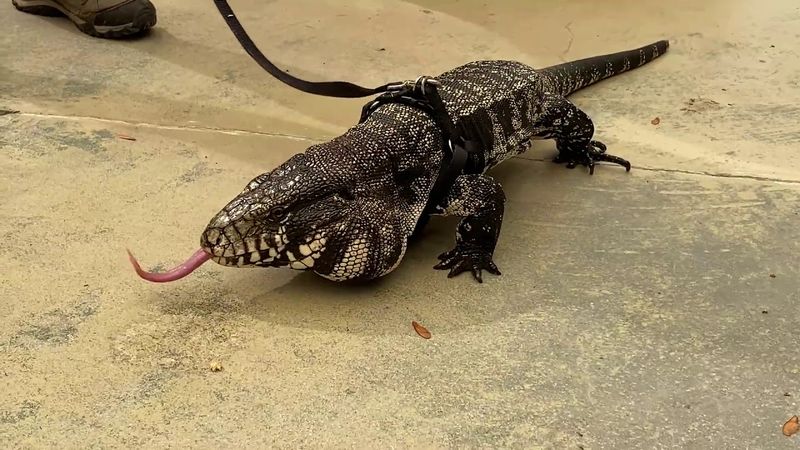
Argentine Tegus are large lizards that can reach up to five feet in length. Their size and active nature require spacious habitats for exploration and exercise. In small spaces, providing adequate room and enrichment can be challenging.
Tegus need specific temperature and humidity levels to thrive, which can be difficult to maintain in confined environments. They can also become aggressive if not properly socialized and handled regularly.
For those living in tight quarters, the demands of caring for an Argentine Tegu may outweigh the benefits, making them less ideal for small living spaces.
Asian Water Monitor
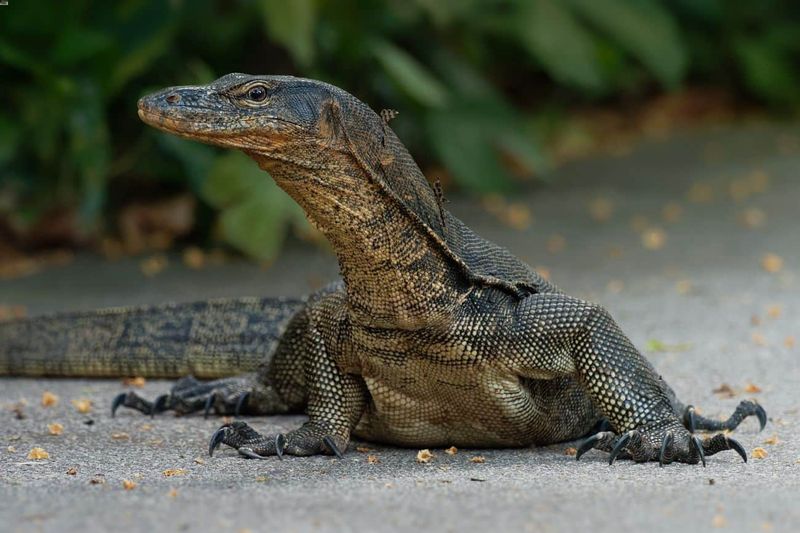
Asian Water Monitors are large, semi-aquatic lizards that can grow over six feet long. Their size and need for both land and water environments make them unsuitable for small spaces. Providing adequate space for swimming and climbing is essential for their well-being.
These monitors have specific dietary and environmental needs that can be challenging to meet in confined spaces. They require a high level of care and attention, which can be demanding for inexperienced owners.
In small homes, the requirements of an Asian Water Monitor can be overwhelming, making them less suitable as pets for those with limited space.
Ball Python
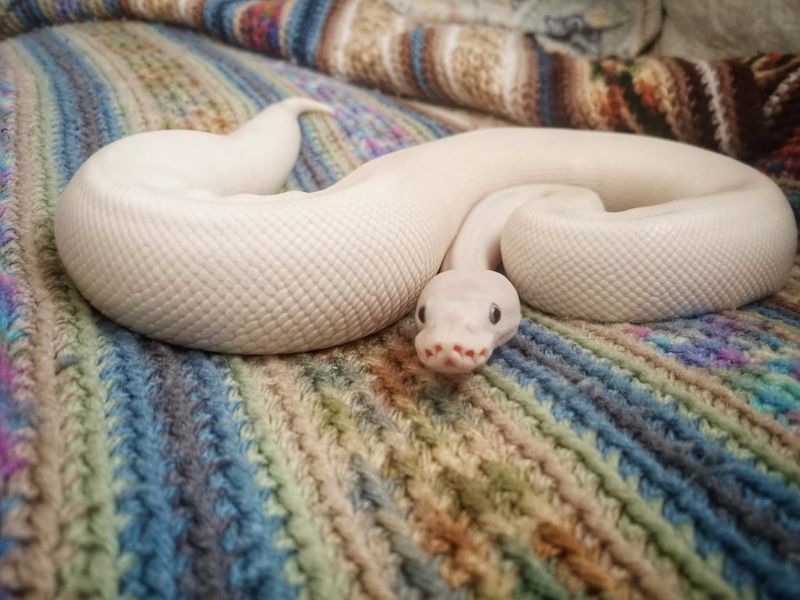
Ball Pythons are relatively small compared to other python species, but they still require adequate space to thrive. They need enclosures that allow for movement and burrowing, which can be challenging to provide in small areas.
Additionally, maintaining proper temperature and humidity levels is crucial for their health, which can be difficult in confined spaces. Ball Pythons are known for their shy nature and need hiding spots, adding to the space requirements.
For those with limited living space, a Ball Python’s care needs may be more demanding than anticipated, making them less ideal for small homes.
Gila Monster
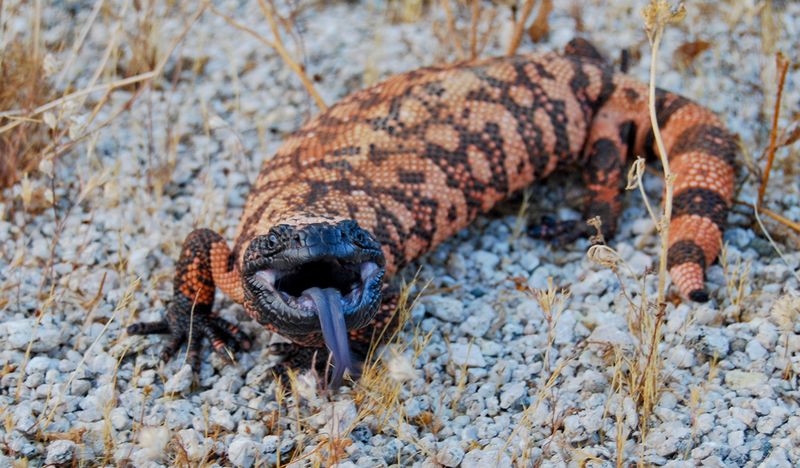
Gila Monsters are venomous lizards that require secure, temperature-controlled enclosures. Their venomous nature adds a layer of complexity to their care, making them unsuitable for inexperienced handlers.
These lizards need specific environmental conditions, including hiding spots and temperature gradients, which can be difficult to provide in small spaces. Their solitary and secretive nature means they require privacy and minimal disturbance.
In compact living conditions, accommodating a Gila Monster’s needs can be challenging, both in terms of space and safety. For those with limited space, they may not be the ideal pet choice.
Green Anaconda
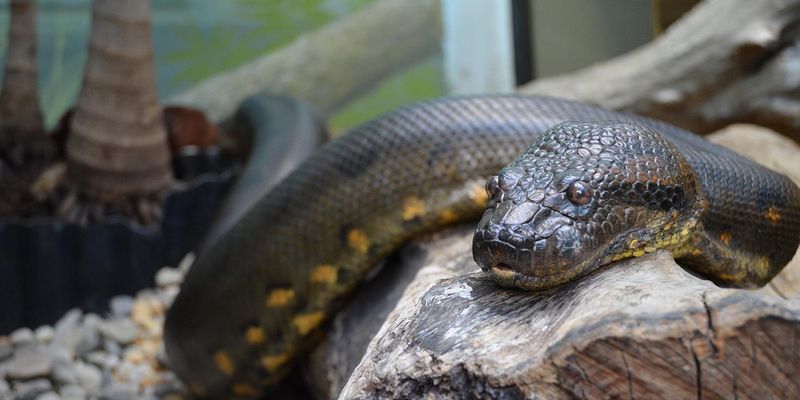
Green Anacondas are among the largest snakes in the world, with some reaching over 20 feet. Their enormous size requires vast enclosures with access to both land and water, which is unfeasible in small spaces.
These snakes have complex care needs, including large prey items and specific environmental conditions. Handling an anaconda requires strength and experience due to their size and power.
In small living areas, their needs cannot be adequately met, leading to potential stress and health issues. For those with restricted space, a Green Anaconda is not a feasible pet, given their demanding care requirements.
Komodo Dragon
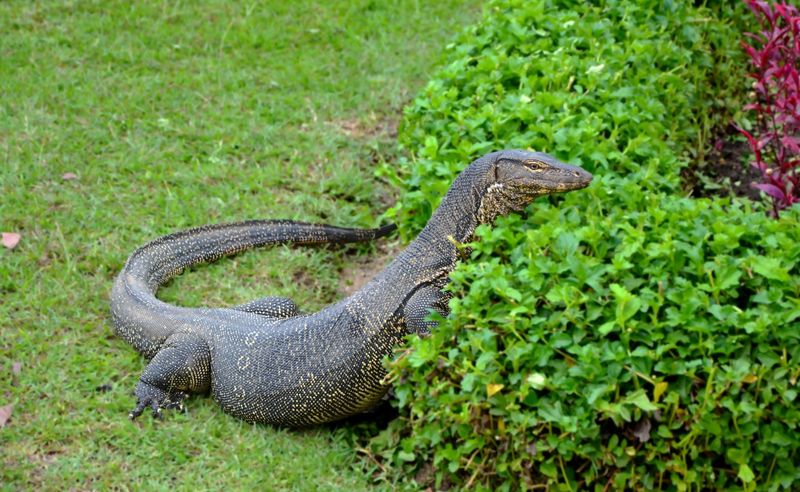
Komodo Dragons are the largest lizards on earth, growing up to 10 feet in length. Their size and predatory nature make them unsuitable for all but the most specialized facilities. In small spaces, their needs for space and environmental complexity cannot be met.
They require extensive care with specific diets and large habitats to ensure their well-being. Handling and interacting with a Komodo Dragon is dangerous due to their venomous bite and aggressive tendencies.
For anyone living in a small area, keeping a Komodo Dragon is impractical and unsafe, as their needs far exceed what can be provided in limited spaces.
Dwarf Caiman
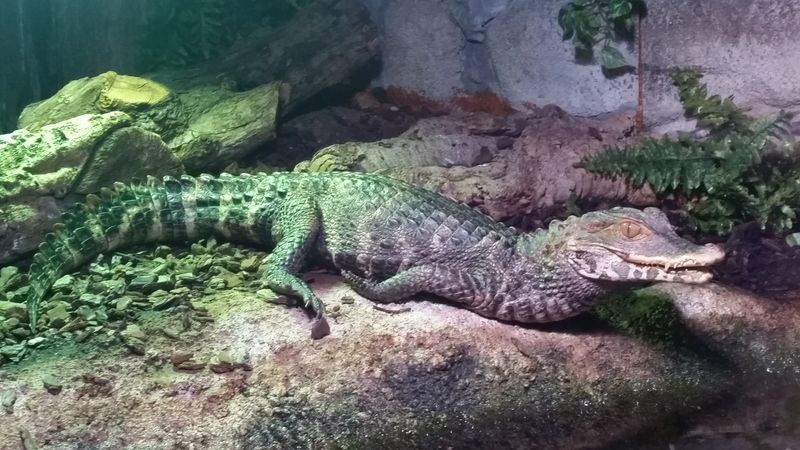
Dwarf Caimans, though smaller than other crocodilians, still grow up to five feet in length. They require environments with both water and land, making them unsuitable for small spaces. Providing a secure and spacious habitat with appropriate heating and lighting is essential for their health.
These caimans have aggressive tendencies and require experienced care to manage their behavior and dietary needs. In confined spaces, meeting these requirements can be challenging, impacting their well-being.
For those with limited space, a Dwarf Caiman’s care demands make them a poor choice as a pet, given their complex needs.
Yellow Anaconda
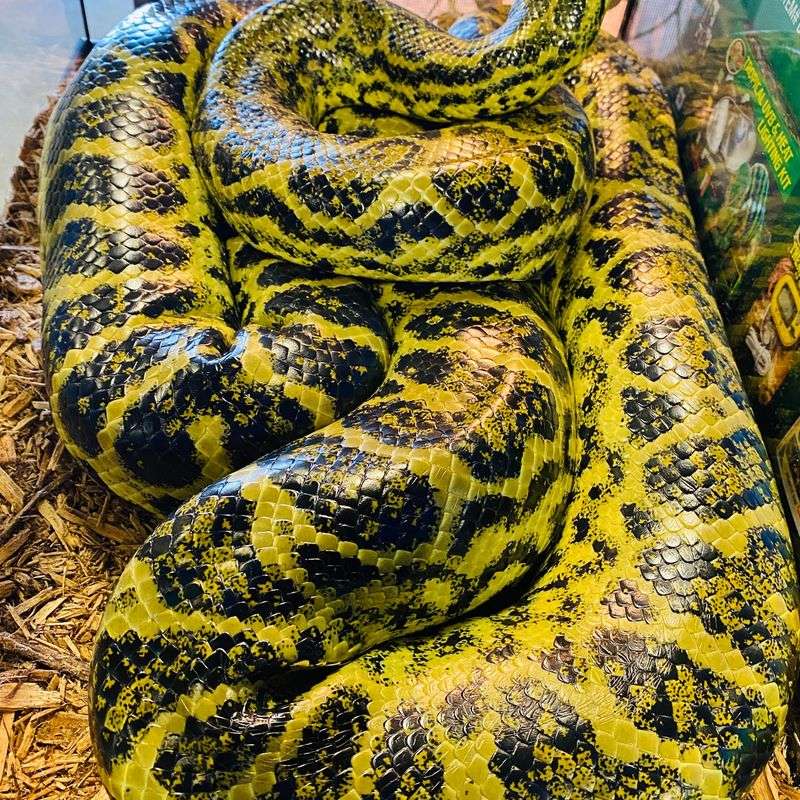
Yellow Anacondas, though smaller than their green counterparts, still require sizable enclosures due to their length and aquatic nature. They need both water and land areas to thrive, which can be difficult to provide in small spaces.
Maintaining the appropriate environmental conditions, including temperature and humidity, is crucial for their health and well-being. Handling an anaconda of this size requires experience and confidence to manage their strength safely.
In confined living areas, the care demands of a Yellow Anaconda may prove too challenging, making them less suitable as pets for those with limited space.
Gharial
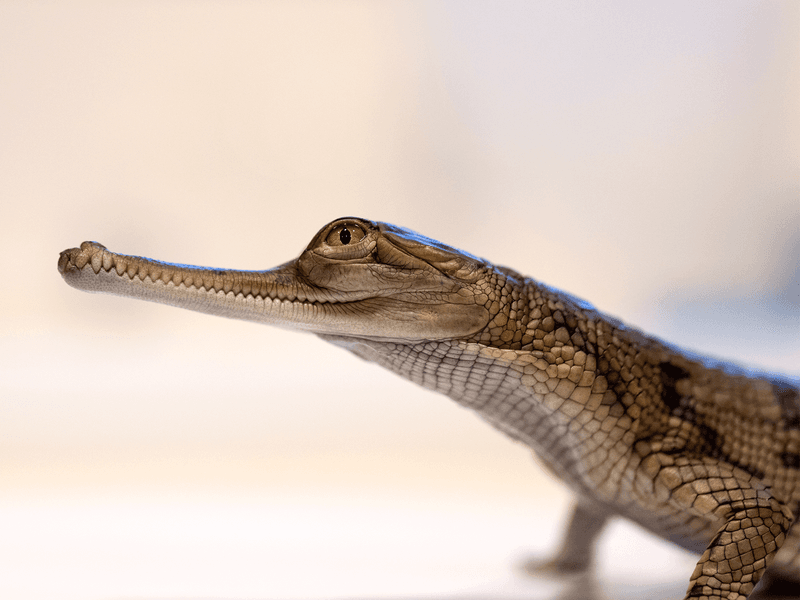
Gharials are large, fish-eating crocodilians with unique long snouts. They require extensive water habitats and are best suited to large zoos or sanctuaries. In small spaces, their environmental and dietary needs cannot be met adequately.
Providing a large water area with appropriate filtration and heating is essential for their health. Their specialized diet and care requirements make them unsuitable for most private homes.
For anyone considering a reptile pet in limited space, a Gharial is not a viable option, as their complex needs far exceed what can be offered in a typical household setting.

